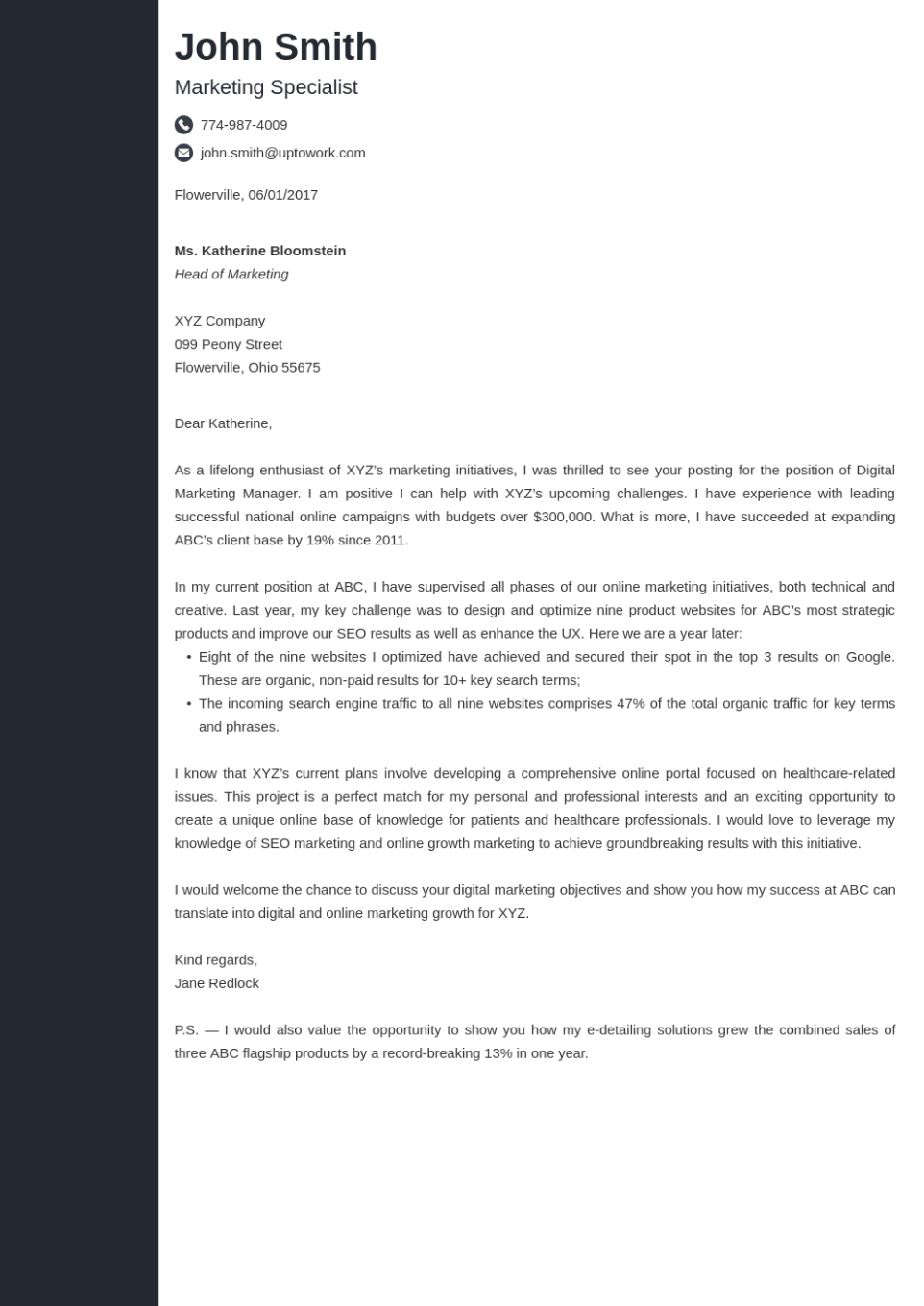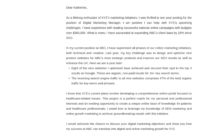Navigating the job market can feel like an intricate dance, where your first impression often hinges on two crucial documents: your CV and your motivation letter. These aren’t just pieces of paper; they are your personal marketing tools, designed to capture the attention of busy recruiters and land you that all-important interview. However, crafting them from scratch, ensuring they stand out while remaining professional and concise, can be a daunting task for many job seekers.
This is where a well-designed cv and motivation letter template becomes an invaluable asset. Far from being a shortcut to a generic application, using a template provides a robust framework that saves you time, reduces stress, and helps you present your qualifications in a clear, impactful way. It ensures you don’t miss any critical sections and allows you to focus your energy on tailoring the content to each specific opportunity, rather than reinventing the wheel with every application.
Unlocking Your Potential with the Right CV Template
Your CV is often the very first introduction a potential employer has to you. It’s a snapshot of your professional journey, skills, and accomplishments. A great CV isn’t just a list of past jobs; it’s a strategic document designed to highlight why you are the perfect fit for the role. This is where a high-quality CV template truly shines, providing a professional structure that makes your information easy to read and digest, even for recruiters who spend mere seconds scanning applications.
The beauty of a template lies in its ability to offer a polished, organized layout from the get-go. Instead of wrestling with formatting and design elements, you can concentrate on populating the sections with your compelling experiences and quantifiable achievements. A well-chosen template ensures consistency in font, spacing, and overall aesthetic, presenting you as a meticulous and professional candidate. Furthermore, many modern templates are optimized for Applicant Tracking Systems ATS, meaning your application is more likely to pass through initial automated screenings.
Choosing the right template depends on your industry, career level, and personal style. For creative roles, a visually engaging template might be appropriate, while more corporate environments might favour a clean, minimalist design. Always consider what kind of impression you want to make and what best reflects your professional brand. Once you’ve selected a base, remember that customization is key; a template is a starting point, not a rigid constraint. Tailor the sections and content to specifically address the requirements of the job description.

Think of your CV template as a powerful foundation. While the structure is provided, the content must be uniquely yours, showcasing your strengths and aligning them with the employer’s needs. Don’t just list responsibilities; describe accomplishments using action verbs and, wherever possible, include numbers or metrics to quantify your impact. This transforms your CV from a simple resume into a persuasive argument for why you should be interviewed.
Essential Components of a Strong CV Template
- Contact Information: Make it easy for recruiters to reach you. Include your name, phone number, email, and LinkedIn profile link.
- Professional Summary or Objective: A brief, impactful statement at the top that highlights your key qualifications and career goals.
- Work Experience: List your previous roles in reverse chronological order. For each role, focus on achievements and responsibilities that are relevant to the target job.
- Education: Detail your academic qualifications, degrees, and institutions attended.
- Skills: Categorize your skills like technical, soft, language to make them easily scannable and showcase your diverse capabilities.
- Optional Sections: Consider adding sections like projects, publications, awards, or volunteer experience if they enhance your profile and are relevant to the role.
Crafting a Compelling Motivation Letter Using a Template
While your CV details what you’ve done, your motivation letter, often interchangeably called a cover letter, explains why you want the job and why you’re the best person for it. It’s your opportunity to inject personality, enthusiasm, and a deeper understanding of the company and role that a bullet-point CV simply can’t convey. A good motivation letter template doesn’t just provide a layout; it guides you through the narrative arc that transforms a generic application into a passionate plea.
Using a template for your motivation letter ensures that all the crucial sections are present and logically structured: an engaging introduction, body paragraphs that elaborate on your relevant skills and experiences, and a strong conclusion that reiterates your interest and calls to action. It helps you maintain a professional tone and consistent formatting, allowing the recruiter to focus on your message rather than being distracted by inconsistent presentation.
The real magic happens when you personalize your template. Generic letters are easily spotted and often discarded. Before you even begin writing, research the company thoroughly: understand their mission, values, recent projects, and even the names of key personnel if possible. Reference specific aspects of the job description and explain how your unique skills and experiences align perfectly with their needs. Show, don’t just tell, your enthusiasm by connecting your own professional goals with the company’s trajectory.
Avoid the common pitfall of simply rephrasing your CV. Your motivation letter should expand on key points, providing context and anecdotes that illustrate your capabilities and passion. For example, instead of just stating you have “strong leadership skills,” briefly describe a situation where you successfully led a team or project. This personal touch is what truly resonates with hiring managers and demonstrates your genuine interest in the role.
- Research Extensively: Understand the company’s culture, recent news, and specific requirements of the role.
- Tailor Every Paragraph: Explicitly link your skills and experiences to the job description and company values.
- Share a Story: Provide brief examples or anecdotes that illustrate your competencies and passion.
- Show Enthusiasm: Let your genuine interest in the position and the company shine through your words.
- Maintain a Professional Yet Personal Tone: Be respectful and formal, but allow your unique voice to come through.
- Proofread Meticulously: Typos and grammatical errors can undermine your professionalism. Read through multiple times, or ask someone else to review it.
Ultimately, the goal of any job application is to make a compelling case for why you are the ideal candidate, inspiring the hiring manager to learn more about you. By leveraging the structured elegance of a template for your CV and motivation letter, you’re not just saving time; you’re significantly increasing your chances of making a powerful first impression. These foundational documents, when thoughtfully customized, pave the way for successful interviews and, ultimately, your next career step.
Embrace the convenience and professionalism that modern templates offer, but never forget that the core of your application lies in your unique story and how well you articulate your value. Investing time in refining your content, even within a template, will always yield the best results, opening doors to exciting new opportunities and helping you achieve your professional aspirations.
